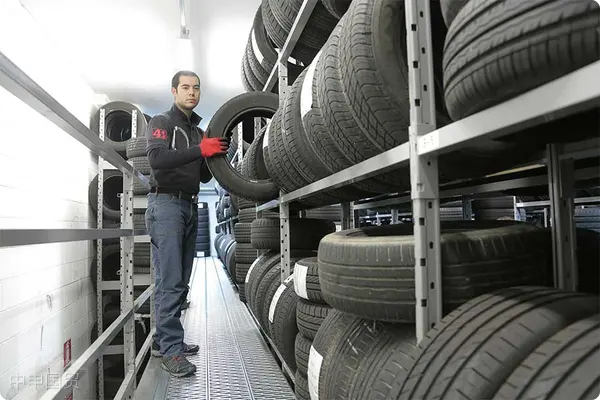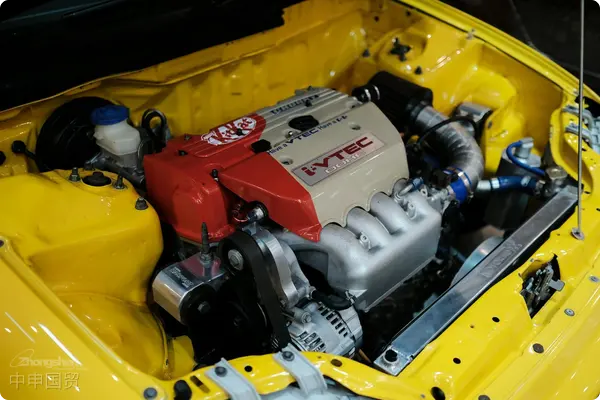- Shanghai Zhongshen International Trade Co., Ltd. - Two decades of trade agency expertise.
- Service Hotline: 139 1787 2118
Classification of Tires: Diverse Classification Helps You Master Product Characteristics
Classification by Structure
structure, pattern, use and applicable climate.Radial Tire

Classification by Pattern
- : The cord plies are parallel to each other and form a 90° angle with the center of the tire crown. Modern cars generally use radial tires because they have better stability and durability.Bias - ply Tire
- : The cord plies cross each other and are suitable for some special - purpose vehicles, such as some heavy - duty trucks and agricultural machinery.Bar - shaped Pattern Tire
Classification by Type
- Transverse Pattern Tire,Mixed Pattern Tire,Off - road Pattern Tire,. Different pattern designs correspond to different road adaptability and grip capabilities to meet various driving needs.Tires can be classified according to vehicle types, including passenger car tires (PC), light - duty truck tires (LT), truck and bus tires (TB), agricultural vehicle tires (AG), construction vehicle tires (OTR), industrial vehicle tires (ID), aircraft tires (AC) and motorcycle tires (MC), etc.
Classification by Applicable Climate
- Winter Snow Tires
Tire Markings: Interpreting the Numbers and Letters on Tires
- Summer Tires,All - weather Tires,, these tires are designed according to different climate conditions to provide optimal driving performance.On the side of the tire, you can usually see a combination of numbers and letters, such as 195/55 R15 85V. These markings provide important information about the tire:
Export Declaration Elements of Tires: A List of Key Information
: The tire width is 195 mm.
- 195: The tire width is 195 millimeters.
- 55Aspect ratio indicates the percentage of the tires height relative to its width, that is, the height is 55% of the width.
- RRadial tire indicates the type of tire structure.
- 15The rim diameter is 15 inches.
- 85Load index indicates that this tire can bear a maximum load of 515 kg under standard conditions.
- VSpeed rating indicates that the maximum allowable speed of this tire is 240 km/h.
Foreign Certification Requirements: Ensure Compliance with International Standards
When exporting tires, the following key information needs to be provided to meet the declaration requirements:
- Product name
- Purpose
- Model
- Rim size
- Section width
- Tread pattern
- Brand (Chinese or foreign name)
- Speed grade
The commodity code for new pneumatic rubber tires is4011. According to the purpose and specifications of the tires, it can be further subdivided into:
- 4011.1000: For motor cars
- 4011.2000: For passenger or freight motor vehicles
- 4011.3000: For aircraft
- 4011.4000: For motorcycles
- 4011.5000: For bicycles
- 4011.7010: Herringbone tread or similar tread, etc.
DOT Certification (USA)
Exported tires need to meet the certification requirements of the importing country to ensure that their safety and quality meet the standards. The following are the certification requirements of some major markets:
E - Mark Certification (EU)
DOT certification ensures that tires meet the safety standards of the US Department of Transportation and is a basic requirement for entering the US market. There are three levels of standards for DOT certification, namely A, B, and C, with level C being the lowest standard.
INMETRO Certification (Brazil)
E - Mark is the EUs certification for vehicle parts, which meets the EUs safety and environmental protection standards. Tires that have passed the E - Mark certification can be sold in EU countries.
GCC Certification (Seven Gulf Countries)
Tires entering the Brazilian market must have the INMETRO mark to indicate that they meet Brazils standards and technical requirements.
NOM Certification (Mexico)
GCC certification is applicable to the Gulf Arab countries. Tires that have obtained the certification can be sold in all member states of the Gulf Cooperation Council.
SASO Certification (Saudi Arabia)
NOM certification is Mexicos mandatory safety certification. All tires must pass this certification to legally enter the Mexican market.
There are a wide variety of tire types, which are mainly classified according to aspects such as
SASO certification is a necessary condition for entering the Saudi Arabian market, ensuring that tires meet local safety standards and technical specifications.
Conclusion
The export of tires involves various classification and certification requirements. Every link, from product specifications to meeting the standards of the importing country, needs to be carefully prepared. I hope this article can help you better understand the entire process of tire export and provide strong support for yourforeign tradejourney. If you have any questions, please feel free to consultZhongShen International Trade, and we will provide you with professional advice and help.
Related Recommendations
? 2025. All Rights Reserved. Shanghai ICP No. 2023007705-2  PSB Record: Shanghai No.31011502009912
PSB Record: Shanghai No.31011502009912










